IoT, or the Internet of Things, is a revolutionary technology that has been changing the world in various ways. One of the areas where IoT has a significant impact is in pollution control. Pollution is a global problem that affects the environment, human health, and wildlife. It can help reduce pollution levels by providing real-time data, monitoring and controlling emissions, and improving energy efficiency.
IoT can be used in a variety of ways to control pollution like:
- Real-time monitoring: IoT sensors can be used to monitor air, water, and soil quality in real time. This data can be used to identify pollution hotspots, track pollution levels over time etc. It helps to make informed decisions about pollution control measures.
- Controlling emissions: IoT sensors are used to monitor emissions from factories, power plants, and vehicles. The data can be used to control emissions by adjusting production processes or reducing energy consumption.
- Improving energy efficiency: IoT can help reduce pollution levels by improving energy efficiency. IoT sensors can be used to monitor energy consumption in buildings, factories, and homes. The data can be used to identify areas where energy consumption can be reduced, such as inefficient appliances or lighting.
- Smart waste management: IoT can be used to monitor waste levels and optimize waste collection. Smart waste bins can send alerts when they are full, reducing the need for collection trucks to travel to empty bins that are not full.
- Improving public health: IoT can be used to monitor air quality in urban areas, alerting people to high levels of pollution and advising them to avoid certain areas or wear masks. This data can also be used to identify areas where pollution levels are particularly high and to target pollution control measures.
IoT in pollution control has the potential to revolutionize the way we monitor and control pollution levels. By providing real-time data, IoT can help identify pollution hotspots and target pollution control measures more effectively. It can also help reduce energy consumption, improve waste management, and improve public health.
Companies working in the domain are:
- Blue Sky Analytics: Blue Sky Analytics is an Indian startup that uses satellite data and AI to monitor air quality in real time. The company provides data to businesses and governments to help them identify pollution hotspots and take action to reduce pollution levels.
- Prkruti Jal Technologies Pvt. Ltd is a company specializing in embedded systems. They create, design, develop and implement embedded systems for our clients.
- Ecozen: Ecozen is an Indian startup that has developed an IoT-based solution for agricultural waste management. The solution uses IoT sensors to monitor waste levels and optimize waste collection, reducing the environmental impact of agricultural activities.
- Skymet: Skymet is an Indian weather forecasting company that has developed an IoT-based solution for air quality monitoring. The solution uses IoT sensors to monitor air quality and provides real-time data to businesses and governments to help them identify pollution hotspots and take action to reduce pollution levels.
However, there are also challenges to implementing IoT in pollution control. One of the biggest challenges is the cost of installing and maintaining IoT sensors and devices. Another challenge is the need for reliable connectivity, as IoT sensors need to be connected to the internet to transmit data.
Despite these challenges, the potential benefits of IoT in pollution control are significant. With the right investment and planning, IoT can help reduce pollution levels and improve the health of our environment and communities.



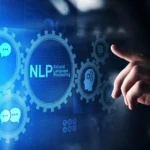
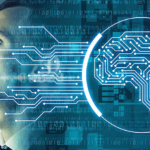





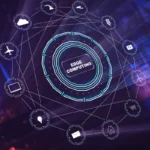

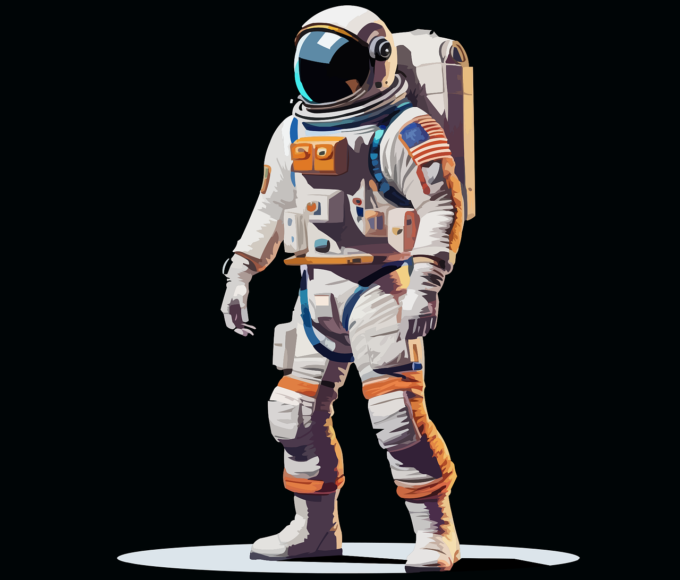
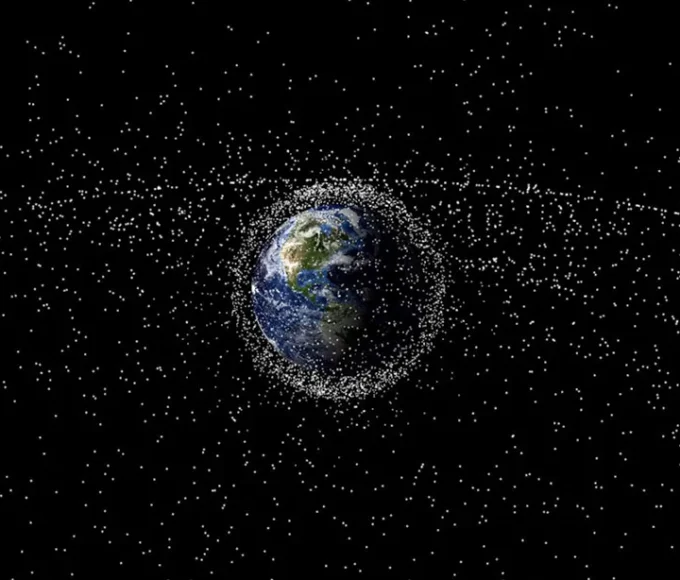

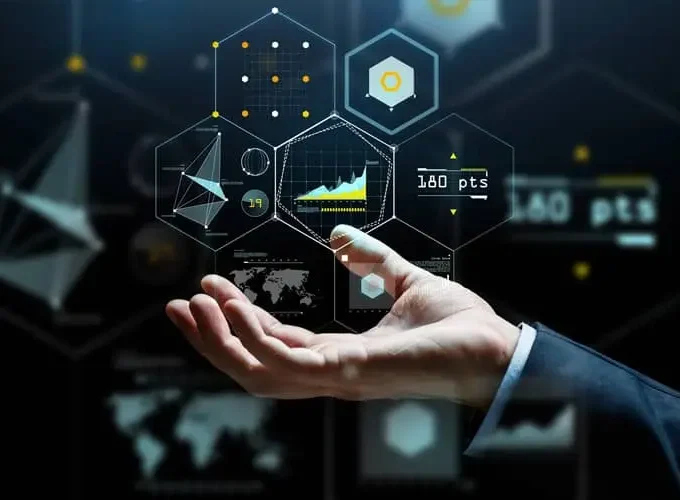
%s Comment